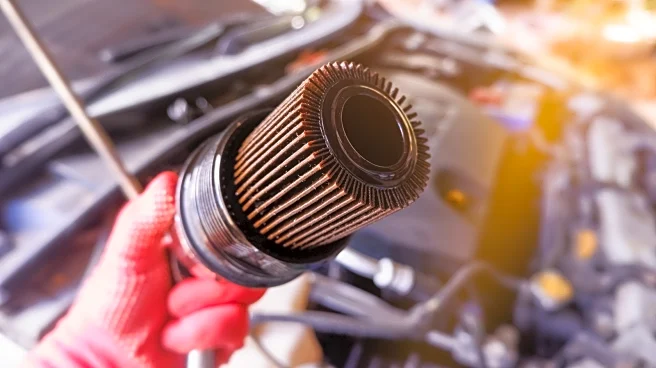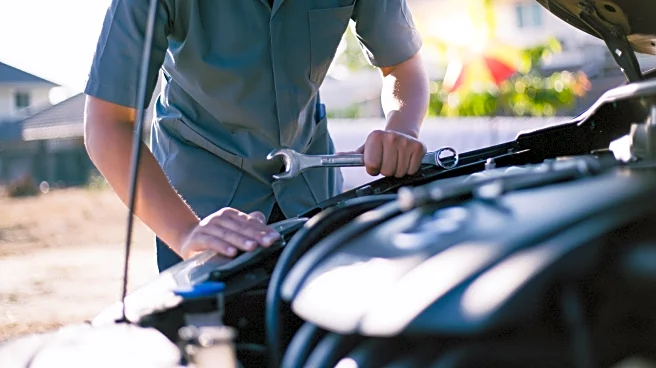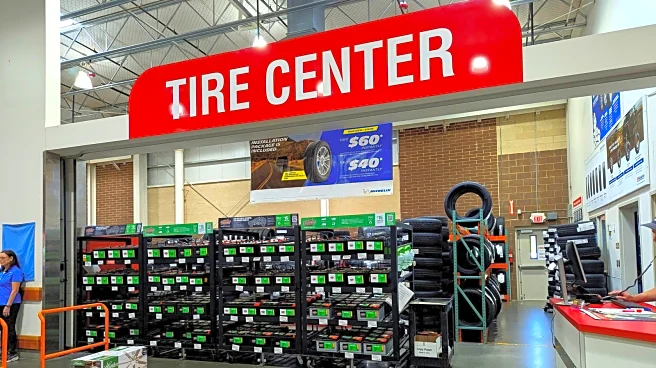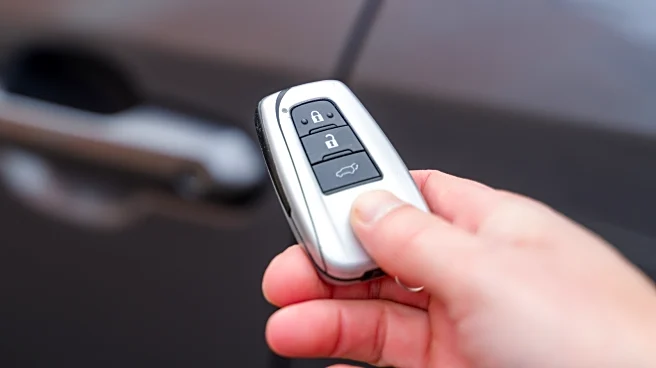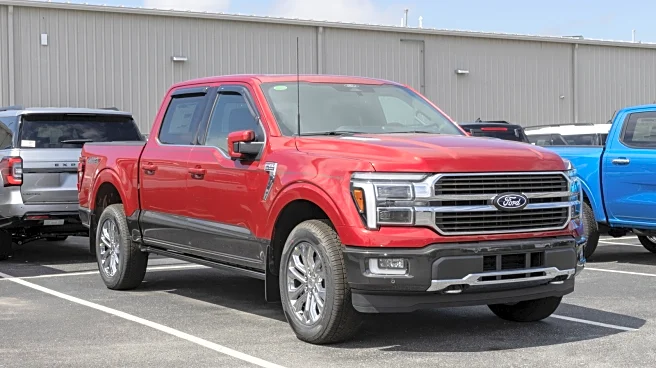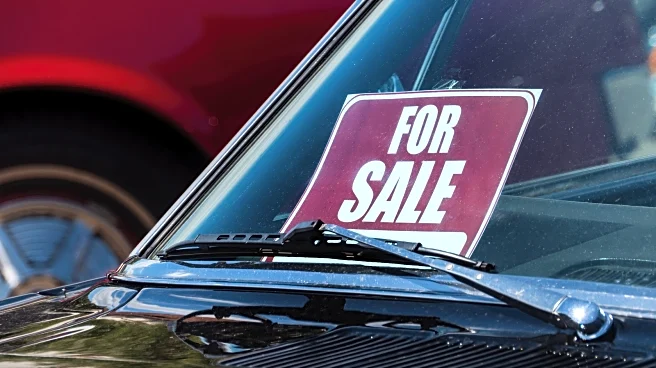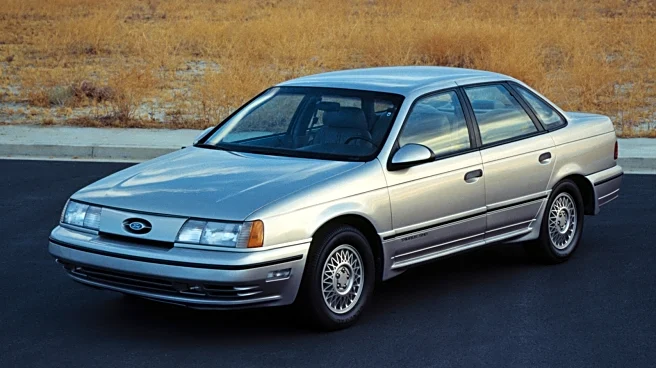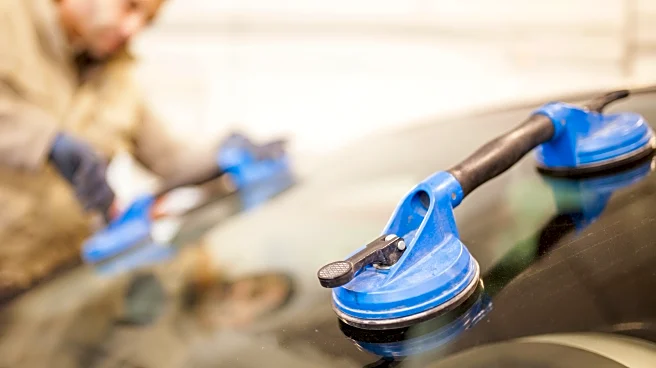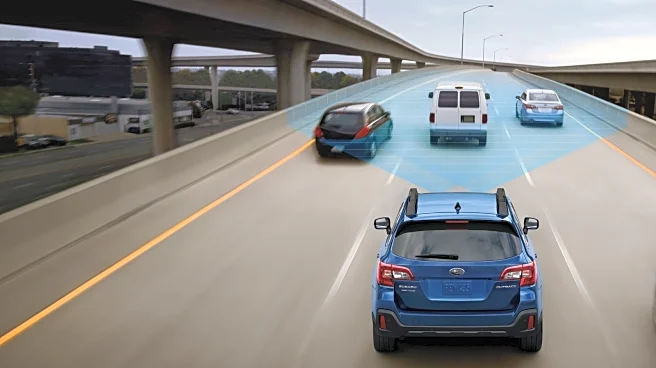
You probably don't think much about changing your fuel filter unless your car's performance seems a little sluggish. It's not a part of most drivers' maintenance routines, like changing the oil or rotating the tires. But fuel filters in older cars do need to be changed from time to time. So, how frequently do you need to do that?
The answer varies, depending on what car you drive. If you drive a newer car, you might never have to change the fuel filter, as many new cars are equipped with a "lifetime"
fuel filter, which isn't changed on a regular basis. On older cars, it varies from make to make and model to model, but replacement typically ranges from every 20,000 to 40,000 miles or every two to three years. But that range applies to gas engines. Fuel filters for diesel vehicles are a whole other ball game and will have to be changed more often. Then there are other factors to consider, like where and how you drive your car. If you drive in the country a lot on gravel roads or run your car low on gas too often, you could end up having to change your fuel filter more often. Additionally, cleaner gas is a lot easier on a fuel filter than dirty gas, so it pays to be picky about gas stations.
If you're still unsure how often to change your fuel filter, a good place to look is your owner's manual -- it will tell you when each maintenance task needs to be performed. The car's manufacturer is always the best source for answers when you have this type of question. Still, there may be times when you need to change your fuel filter outside of recommended intervals.
Read more: Do Turbo Engines Need More Frequent Oil Changes?
When Or If To Change Your Fuel Filter Varies By Vehicle

Changing your fuel filter may not be something you need to worry about if you have a late-model gas vehicle. For example, the owner's manual for the 2017 Ford Edge says, "Your vehicle is equipped with a lifetime fuel filter that is integrated with the fuel tank. Regular maintenance or replacement is not needed." Lifetime fuel filters are becoming pretty common nowadays. That said, "lifetime" doesn't typically mean the life of your car, but rather the life of your fuel pump. These filters are often part of the fuel pump assembly, which is often situated inside of the fuel tank. So, when the fuel pump goes out, which may not happen for 100,000 or so miles, the filter gets replaced along with it.
It's different with older vehicles, however. The fuel filter is often not integrated into the gas tank and sits somewhere outside. It will need to be replaced from time to time (usually every 20,000 to 40,000 miles or every two to three years, as previously stated, though more precise recommendations can be found in most owner's manuals).
A diesel vehicle is a different beast when it comes to changing fuel filters. Ford vehicles with the 6.7L Power Stroke diesel engines each have, not one, but two fuel filters. Ford recommends that these filters be changed every third oil change or every 22,500 miles, whichever comes first. The fuel system in RAM vehicles with the 6.7L Cummins diesel engine can be maintenance-intensive and is supposed to have the fuel filter changed every second oil change, not to exceed 20,000 miles. But if you use biodiesel, the number goes down to every 16,000 miles. Again, check your owner's manual to see what the manufacturer recommends.
How To Replace A Fuel Filter Yourself

Getting your fuel filter replaced by a mechanic will cost on average between $227 and $300, as of this writing. However, you can cut that cost in half by doing it yourself. Depending on your vehicle, especially older vehicles which don't integrate the fuel filter inside the gas tank, the fuel filter is often fairly accessible, though you might need to climb under your car -- but that's not a problem for most intrepid DIYers.
Your owner's manual will explain where the fuel filter is located, but the following directions generally apply to most older gas vehicles that have the fuel filter situated externally (the process may be more complex for newer vehicles): To start, relieve the fuel pressure by taking out the fuel pump fuse, then start the engine and let it run until it stalls. Turn off the engine and find your fuel filter -- it's under the hood in some models, but you'll often find it under the car near the gas tank or along the fuel line. Put a drip pan under the fuel filter and disconnect the fuel lines. Remove the filter (often connected by bolts or clamps), then install the new filter and reconnect the fuel lines. Don't forget to reinsert the fuel pump fuse. Start the engine and check for leaks.
How do you know when your fuel filter needs to be changed? If your car's engine has trouble starting, if it idles roughly or runs sluggishly, or if your engine stops while you're driving, these could be indications that the fuel filter needs to be replaced. Remember, check the manufacturer's recommendations to know when you should replace your fuel filter for the most accurate advice. Performing the right maintenance can keep your car running smoothly.
Want more like this? Join the Jalopnik newsletter to get the latest auto news sent straight to your inbox...
Read the original article on Jalopnik.
